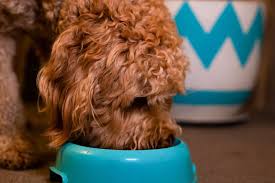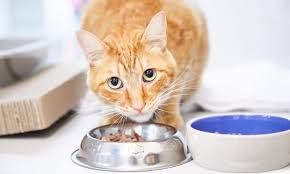We cannot safeguard our loving cats and dogs from all they do and from every little danger they may suffer. A smaller number of potentially hazardous circumstances are still under our grasp. These safety recommendations for cats and dogs can assist you in safeguarding your favorite canine companion so that you can both have long, healthy lives together.
Top helpful health safety tips for cats and dogs
Table of Contents
Toggle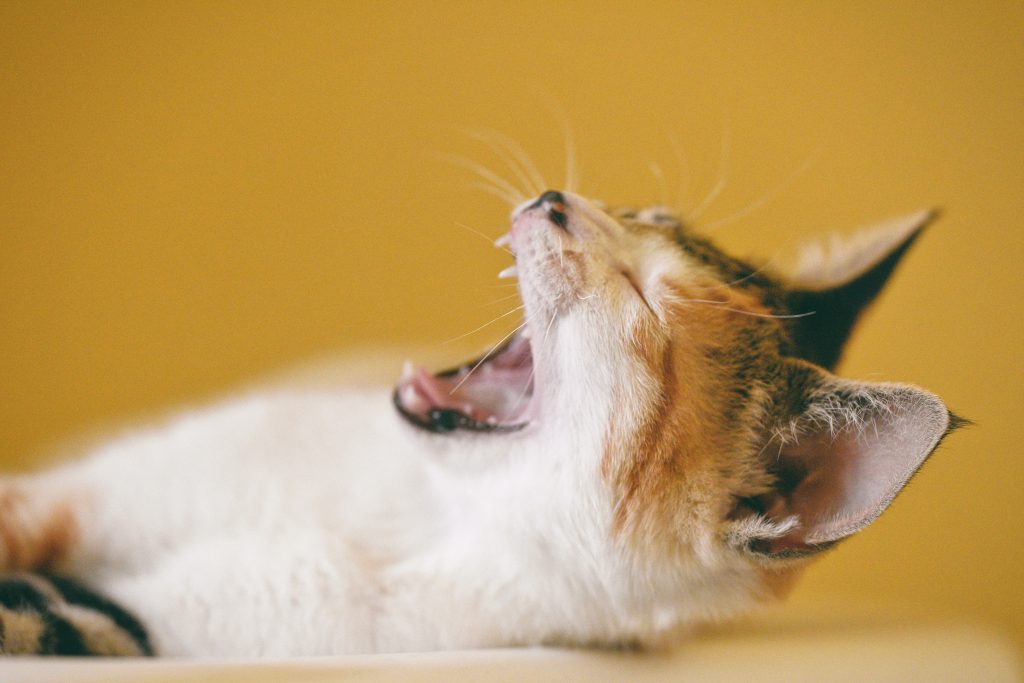
Precautions to be taken in selecting plants for cats and dogs
The poinsettia, which cats love to chew on, is one of many types that might make them sick if fed to them. Suppose your cats and dogs have eaten a plant and seem ill; phone poison control with the precise scientific name of the plant. Better yet, don’t have hazardous plants about the house.
Keeping your cat and dog’s food safe
- Let’s face it, we all adore our pets and enjoy spoiling them with tasty food and other goodies. One glance from those puppy-dog eyes at dinnertime makes it feel downright cruel not to pass over a little bite from your plate.
- Unfortunately, this seemingly good intention can lead to much harm. Our pets can’t effectively digest all of the meals that people eat. Some meals may induce sickness and can even lead to death soon after being taken, while others are bad for animals if consumed repeatedly.
- Most meals can induce stomach distress, vomiting, and diarrhea, which are the most common reasons a pet owner takes their pet to the veterinarian. Make a copy of this list and make sure to keep these items out of reach from your cat or dog to avoid a trip to the vet or worse.
Tag your cats and dogs
Dogs and cats should always have identification tags. Some humane groups may give your pet a collar tag and store your contact information if it is recovered. Who can also use a microchip to identify the animal? A veterinarian inserts a rice-sized microchip under the pet’s skin to track its whereabouts. An animal control officer, a veterinarian, or a humane society can scan the chip if your pet is found.
Compartments and Cupboards
Cats and dogs may have problems finding chew toys in the home’s clothing, despite the fact that dogs are more prone to nibbling on (and occasionally ingesting) underwear. Mothballs are menacing to both cats and dogs, and there is no antidote, just supportive therapy if they consume one.
Solution: Make sure all of your drawers and closets are locked firmly. If you’re concerned about security, look for sweater boxes with seals or latches. You’ll have another barrier between your woolens and insects, so your pet can’t detect a mothball.
Be on the lookout for shivering pets and dogs
Always be on the lookout for cats in your car during the winter months, as they may have made their way into the wheel wells or engine compartment in search of warmth.
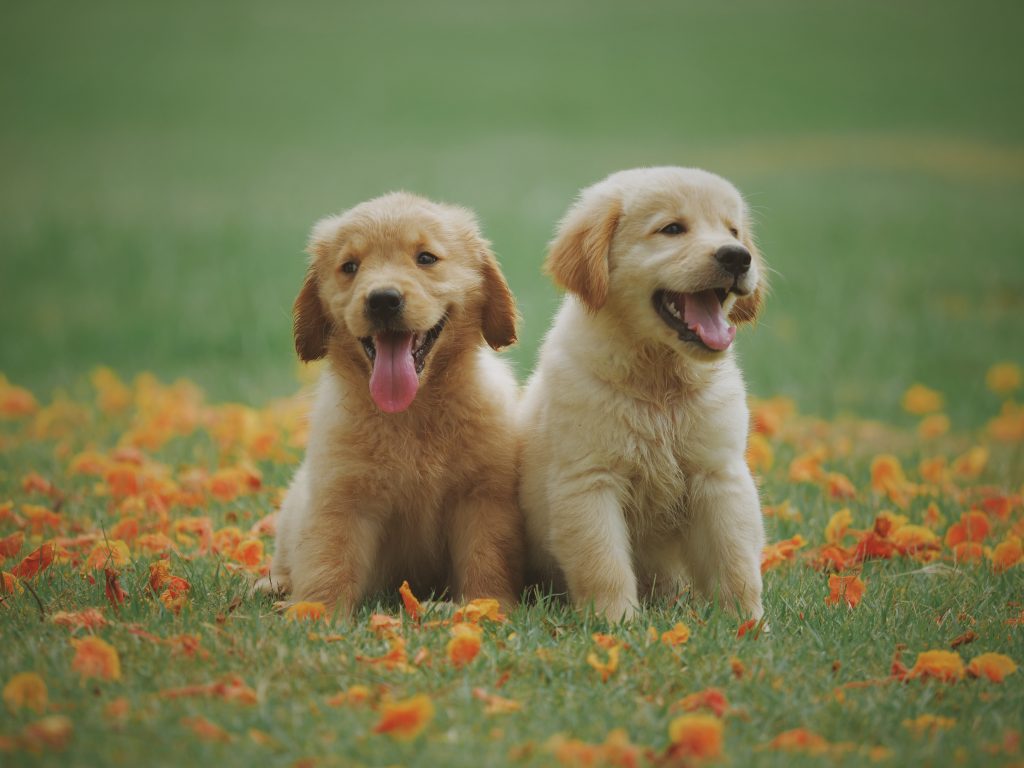
If your cat or others in the area have access to your cats and canines, bang on the car’s hood or honk the horn before starting the engine on wintry days.
Keep cats and dogs in the shade
On hot days, it’s preferable to leave a dog tied up at home in the shade than to take it with you in the car. In only ten minutes, the temperature inside a parked automobile may soar to far over 38 degrees Celsius.
It’s possible that a dog left in a hot automobile will suffer irreversible brain damage or die of heat exhaustion. If you must leave the dog in the car, park in the shade, place the dog in a crate inside the car so that all the windows may be left open, and provide a water supply.
Electrical Cords
A dog’s favorite chew toy is an electrical cord, which is why rabbits hate them and why dogs love them as a chew toy. A bolt of electricity can quickly kill or burn the tongue of whoever bites it. Solution: If possible, keep the cables up and away from the floor. Using furniture to block them, taping them to the walls, or using a product like a cable cover or chew deterrent spray to dissuade gnawing are all options if that’s not an option.
Bringing a pet on a trip
- Traveling with a pet can be stressful for you and your pet, but planning can help make the trip better.
- Consider leaving your pet at home with a friend or family member you know and trust. When that’s not an option, the first step is to take your pet to the veterinarian to ensure that it’s healthy enough to travel and up to date on vital vaccines. It’s essential to bring enough pet medications and flea, tick, and heartworm prevention items for the duration of the trip if your pet needs them. Consult your veterinarian about the potential dangers of your intended destination since some areas are more prone to parasite infestations than others.
Always keep an eye on your dog and make sure he is not left alone.
Never let your adorable pet wander away without you. Once your pet leaves your property or is no longer within your sight, numerous dangers could arise.
Some people may not appreciate having an unknown dog strolling about their garden, even if it is friendly and well-behaved. As an owner, you should ensure that your pet stays where they are allowed to be.
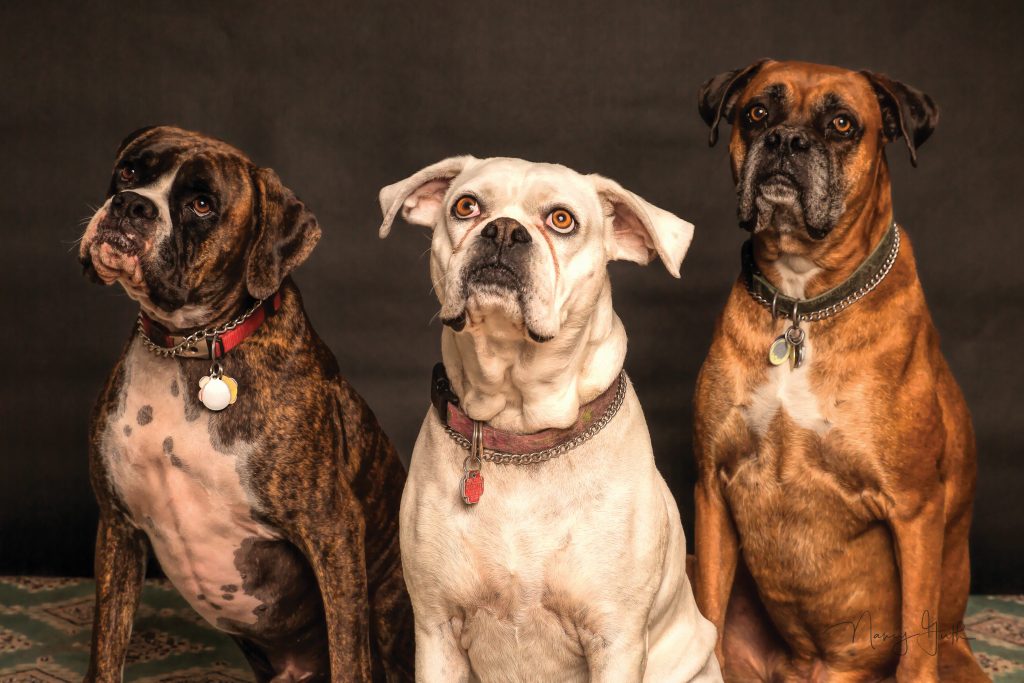
Basic commands and obedience training
It is for the same reasons that we teach our children fundamental commands: to keep them safe and prevent them from rushing out in front of a car or putting anything harmful in their mouths. Regardless of where you take your dog — to the park, to the vet, or just on a stroll — dangers lurk around every corner, and no canine is intelligent enough to anticipate every possible threat.
He may get hit by cars, fall into open wells, or be pinned down by a bike. For your dog to be a good citizen and keep out of trouble, he has to learn and obey a few basic instructions.
Be mindful that some foods are bad for cats and dogs
Offering a pet “people food” isn’t just fostering improper pet etiquette, but it can be dangerous for our four-legged pals. Owners of dogs should be aware of the most prevalent meals harmful to their pets.
Most individuals are aware that overeating chocolate can be dangerous. Avocado, onions, garlic, grapes, raisins, macadamia nuts, raw eggs, candies, and anything containing caffeine is among foods that might be harmful to dogs.
Don't Miss:
 The Best Tips For Cats And Dogs Living Together.
The Best Tips For Cats And Dogs Living Together.
 The Most Complete Guide On Choosing The Right Food For Your Dog And Cat
The Most Complete Guide On Choosing The Right Food For Your Dog And Cat
 7 Dogs And 11 Cats That Will Never Eat The Same Food Again
7 Dogs And 11 Cats That Will Never Eat The Same Food Again
 The Top 10 Best Dry Dog and Cat Food Brands Available
The Top 10 Best Dry Dog and Cat Food Brands Available
 14 Best Dog And Cat Food Brands To Buy Right Now
14 Best Dog And Cat Food Brands To Buy Right Now
 5 Reasons Your Cat May Not Want To Eat Enough
5 Reasons Your Cat May Not Want To Eat Enough
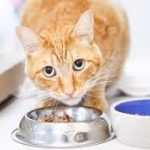 Best Dog Food And Cat Food Brands For Every Budget
Best Dog Food And Cat Food Brands For Every Budget
 8 Common Ingredients You Should Not Feed Your Dog Or Cat
8 Common Ingredients You Should Not Feed Your Dog Or Cat







